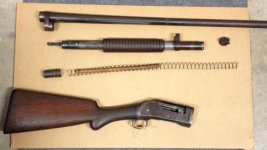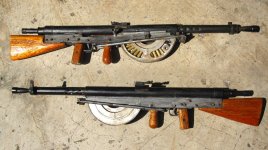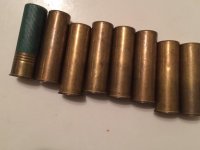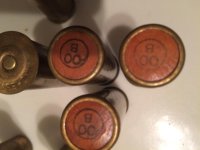During World War I the AEF used pump action shotguns in trench warfare - that is, as a tool used in close quarters to clear German trenches in an attack. I wish I knew to what front-line combat troops shotguns were issued, but I have found nothing beyond the fact of their being issued and the German government calling them a violation of existing rules of war. While Winchester's Model 1897 shotgun was not the only model issued, it is the one that interests me.
In photographs, moving picture film, and first-person written accounts of trench warfare, it was shown that warfare in the trenches was wet and filled with mud. Comparing the open and relatively unprotected 1897's action with, for example, Remington's Model 1910 (and its much more popular 25-years-later descendant, Ithaca's Model 37) or even Winchester's Model 12, how efficiently did the 1897 function?
In photographs, moving picture film, and first-person written accounts of trench warfare, it was shown that warfare in the trenches was wet and filled with mud. Comparing the open and relatively unprotected 1897's action with, for example, Remington's Model 1910 (and its much more popular 25-years-later descendant, Ithaca's Model 37) or even Winchester's Model 12, how efficiently did the 1897 function?





